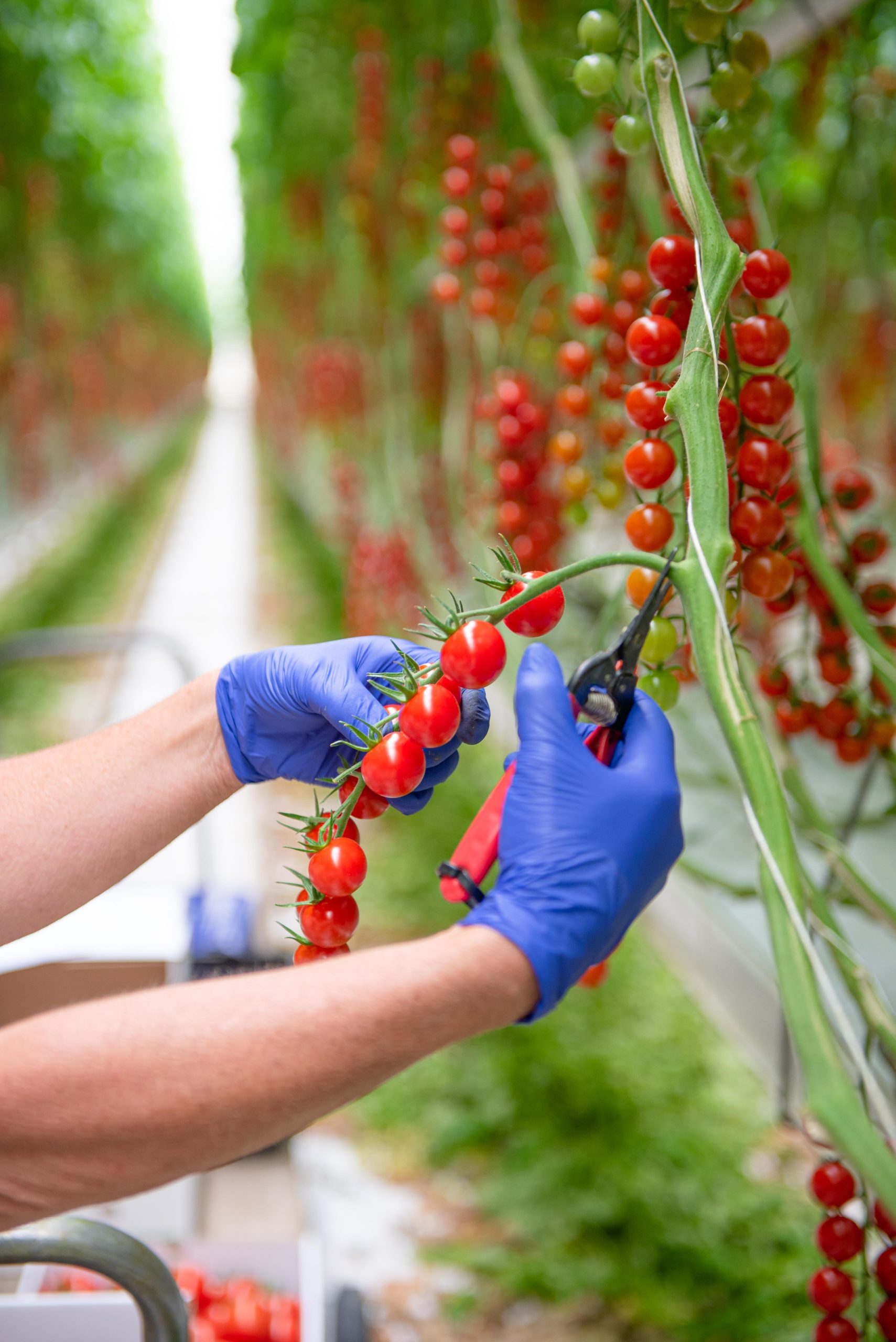Fried Caprese Bombs are a delightful twist on the classic Caprese salad, featuring juicy cherry tomatoes, fresh mozzarella, and fragrant basil wrapped in a crispy, golden coating. These bite-sized treats are perfect as an appetiser or snack, offering a burst of flavour with every bite.
Ingredients:
- 20 cherry tomatoes
- 20 small fresh mozzarella balls (bocconcini)
- 20 fresh basil leaves
- 1 cup all-purpose flour
- 2 large eggs, beaten
- 1 cup breadcrumbs (panko or regular)
- Salt and freshly ground black pepper, to taste
- Vegetable oil, for frying
- Balsamic glaze, for drizzling (optional)
- Fresh basil, for garnish (optional)
Method:
Step 1 – Prepare the Ingredients: Wash and dry the cherry tomatoes and basil leaves. Pat the mozzarella balls dry with a paper towel.
Step 2 – Assemble the Bombs: Take a cherry tomato and place a fresh basil leaf on top of it. Then, place a mozzarella ball on top of the basil leaf, creating a stack. Carefully wrap another basil leaf around the mozzarella ball and tomato to hold everything together. Repeat this process with the remaining tomatoes, mozzarella balls, and basil leaves.
Step 3 – Bread the Bombs: Set up a breading station with three shallow bowls: one with flour, one with beaten eggs, and one with breadcrumbs. Season the flour with a pinch of salt and pepper. Roll each assembled bomb first in the flour, then dip it in the beaten eggs, and finally coat it thoroughly with breadcrumbs. Ensure each bomb is well coated for maximum crispiness.
Step 4 – Fry the Bombs: In a large, deep skillet or a deep fryer, heat vegetable oil to 175°C. Ensure there is enough oil to submerge the bombs completely. Carefully place a few bombs into the hot oil, being cautious not to overcrowd the pan. Fry until golden brown and crispy, about 2-3 minutes. Use a slotted spoon to remove the bombs from the oil and transfer them to a paper towel-lined plate to drain any excess oil. Repeat with the remaining bombs.
Step 5 – Serve: Arrange the fried Caprese bombs on a serving platter. Drizzle with balsamic glaze if desired, and garnish with fresh basil leaves.
















